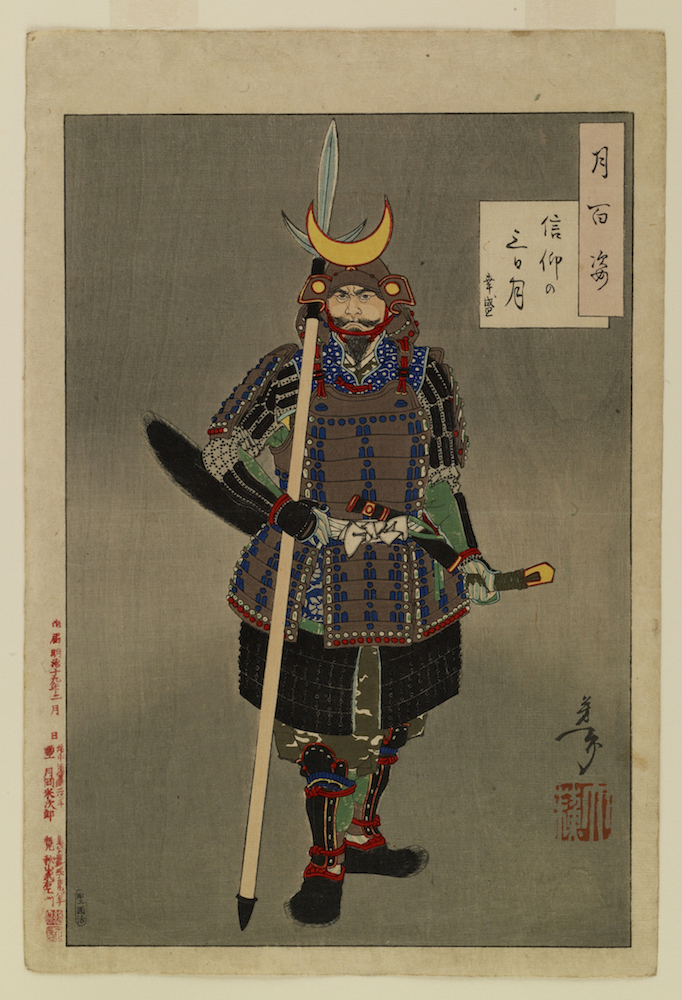
16th Century
Early Japan-Myanmar connections
room Japan
No one knows exactly when the first Japanese came to Myanmar, but it was likely by the early 1500s. This was during the Sengoku, or warring states, period when Japan experienced over a century of internal armed conflict. The 16th century was also a time of fast expanding global trade, linking markets across Asia, Europe, and Africa to the Americas. Slavery was an important part of these new markets.
There were significant Japanese communities during this time in Manila and Ayuttaya. The Japanese in Ayuttaya were merchants, Christians (escaping prosecution at home), and warriors who sold their military skills to the Siamese king. Some of these warriors were also present at Mrauk-U where they formed part of the Arakanese king's bodyguard. They were Ronin - Samurai who had no master and travelled overseas. Ronin may have also served at other royal courts in Myanmar such as Pegu and Ava but there is no hard evidence just yet.
The Japanese may have also come to Myanmar as slaves. The Portuguese first arrived in Japan in 1543 and immediately bought Japanese men and women as slaves for sale overseas. Many were sold at the slave market in Manila for sale around the world, including Mexico and Argentina. Some were almost certainly sold in Myanmar as well, as they were sold in all the major ports between Manila and Lisbon.
During this unprecedented period of movement in people and goods around the world, it is not impossible that merchants from Myanmar also found their way to Japan.
This image depicts Sanada Nobushige, one of the most famous Samurai of the Sengoku, or warring states, period. Though he himself never travelled abroad, Ronin from this time lived and died in Myanmar.